Rainbow cichlid - Herotilapia multispinosa
Scientific name: Herotilapia multispinosa
Common name: Rainbow cichlid
Family: Cichlidae
Usual size in fish tanks: 11 - 12 cm (4.33 - 4.72 inch)
014
Recommended pH range: 7 - 8
Recommended water hardness: 10 - 20°N (178.57 - 357.14ppm)
0°C 32°F30°C 86°F
Recommended temperature range: 22 - 29 °C (71.6 - 84.2°F)
The way how these fish reproduce: Spawning
Where the species comes from: Central America
Temperament to its own species: peaceful
Temperament toward other fish species: peaceful
Usual place in the tank: Middle levels
Origin of the Fish
The Rainbow Cichlid (Herotilapia multispinosa) is native to the freshwater lakes and rivers of Central America, primarily found in Honduras and Nicaragua. In the wild, they inhabit slow-moving waters with muddy substrates, dense vegetation, and areas with a lot of cover. To replicate their natural habitat in an aquarium, include plenty of plants, driftwood, and a sandy substrate. The water in these areas tends to be slightly alkaline, with a pH ranging from 7 to 8.
Lifespan
The Rainbow Cichlid has an expected lifespan of up to 8 years in captivity with proper care. Maintaining stable water conditions, providing a balanced diet, and minimizing stress are key factors in ensuring their longevity.
Short Description
The Rainbow Cichlid is a colorful and peaceful species known for its ability to change coloration based on mood, health, or breeding status. They grow to an average size of 11-12 cm (4.33-4.72 inches) in home aquariums. Due to their peaceful nature, they can be kept with a variety of other community fish. These cichlids prefer a dimly lit tank with plenty of hiding spaces to reduce stress. A tank size of at least 90 cm (36 inches) in length is recommended, with the total water volume playing a crucial role in maintaining water quality and stability.
General Care
Rainbow Cichlids are relatively undemanding when it comes to water conditions, making them an excellent choice for both beginner and experienced aquarists. They prefer water temperatures between 22-29°C (71.6-84.2°F) with a pH of 7-8, and water hardness ranging from 10-20°N (178.57 - 357.14 ppm). Regular water changes of 20-30% weekly are essential to maintain optimal water quality.
In terms of tank setup, a sandy substrate is ideal since Rainbow Cichlids enjoy digging. Provide plenty of cover with rocks, driftwood, and aquatic plants like Anubias and Java Fern. Adding plants will not only create hiding spots but also help diffuse light, creating a more natural, dimly lit environment similar to their native habitat. While they inhabit murky waters in the wild, avoid recreating muddy conditions in the tank, as it can negatively affect water quality.
Compatible Tankmates
Rainbow Cichlids are known for their peaceful nature, especially compared to other American cichlids. They can be kept with other non-aggressive fish of similar size, such as:
- Blue Acara (Andinoacara pulcher)
- Firemouth Cichlid (Thorichthys meeki)
- Bolivian Ram (Mikrogeophagus altispinosus)
- Corydoras Catfish
- Bristlenose Pleco (Ancistrus cirrhosus)
Since they are peaceful toward their own species, they can be kept in small groups, which may help reduce any residual aggression. When setting up a community tank, ensure there is ample swimming space and enough hiding spots to accommodate all fish.
Food and Feeding
Rainbow Cichlids are omnivores and have a diverse diet in captivity. Their primary diet should consist of high-quality cichlid flakes or pellets. Supplement their diet with live or frozen foods such as bloodworms, brine shrimp, and daphnia to provide essential proteins. They will also graze on algae present in the tank, and adding vegetable matter like spirulina flakes, spinach, or blanched peas will benefit their health and enhance their vibrant colors. Feed them twice a day in small portions to avoid overfeeding and maintain water quality.
Sexing
Sexing Rainbow Cichlids can be challenging, but there are some subtle differences. Males typically have longer and more pointed dorsal and anal fins compared to females. Additionally, males may exhibit more vibrant coloration, especially during breeding periods. As they mature, males tend to grow slightly larger than females.
Breeding
Breeding Rainbow Cichlids is relatively straightforward, making them an excellent choice for hobbyists looking to try breeding cichlids. Prepare the breeding tank by adding upturned plant pots or flat stones, which serve as suitable spawning sites. Condition the pair by feeding them a protein-rich diet of bloodworms and brine shrimp. As the pair prepares to spawn, they may darken in color, sometimes turning almost black.
Once the spawning site has been cleaned, the female will lay a batch of approximately 300 eggs. The eggs will hatch after around 3 days, during which both parents actively guard and care for them. After hatching, the parents may move the fry to a different location within the tank for added protection. Once the fry are free-swimming, feed them finely crushed flake food or newly hatched brine shrimp.
Rainbow Cichlids are attentive parents and typically do not need to be separated from the fry. However, they may display increased aggression towards other tankmates during spawning, so it is advisable to use a separate breeding tank to ensure the safety of both the fry and other fish.
Pictures
Thanks to Richard Smith for picture! Other pictures were bought from jjphoto.dk by aqua-fish.net.
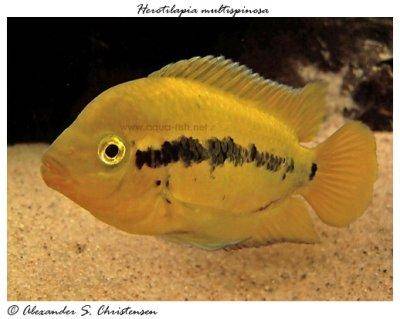




 Thread-finned
Thread-finned  Acara
Acara 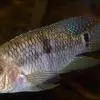 Yellow
Yellow 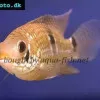 Patrick's
Patrick's  Blue
Blue 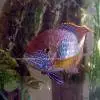 Green
Green  Acara
Acara  White
White  Compressed
Compressed 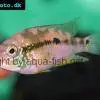 Pastel
Pastel 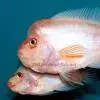 Midas
Midas 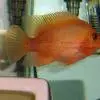 Red
Red 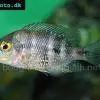 Bluemouth
Bluemouth  False
False  African
African 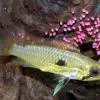 Agassiz's
Agassiz's  Banded
Banded  Yellow
Yellow 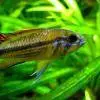 Cockatoo
Cockatoo 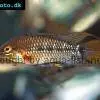 Blue
Blue  Blackstripe
Blackstripe 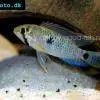 Highfin
Highfin 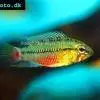 Redstripe
Redstripe  Threadfinned
Threadfinned 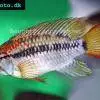 Macmaster’s
Macmaster’s 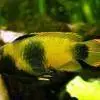 Panda
Panda 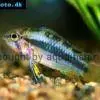 Norbert’s
Norbert’s 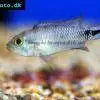 Blue
Blue 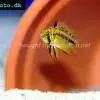 Thin-line
Thin-line 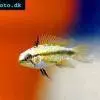 Three-striped
Three-striped  Viejita
Viejita  Flier
Flier 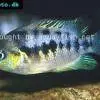 Archocentrus
Archocentrus 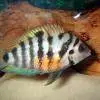 Convict
Convict 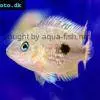 Seven
Seven 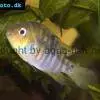 Blue-eye
Blue-eye 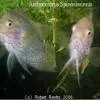 Spiny
Spiny  Oscar
Oscar 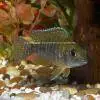 Sunshine
Sunshine 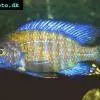 Chitande
Chitande  Firebird
Firebird 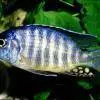 Midnight
Midnight 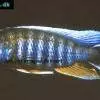 Lake
Lake  Sunshine
Sunshine 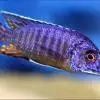 Aulonocara
Aulonocara 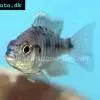 Nyasa
Nyasa  Ruby
Ruby  Grants
Grants 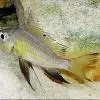 Aulonocranus
Aulonocranus  Chameleon
Chameleon 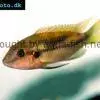 Benitochromis
Benitochromis  Orinoco
Orinoco 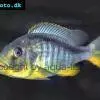 Yellow
Yellow  Brichard’s
Brichard’s 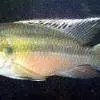 Guenther’s
Guenther’s 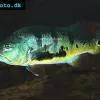 Cichla
Cichla 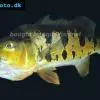 Peacock
Peacock 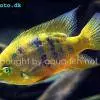 Chiseltooth
Chiseltooth 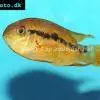 Bolivian
Bolivian 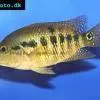 Red
Red 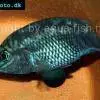 Many-pointed
Many-pointed  Jack
Jack 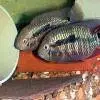 Red
Red  Yellow
Yellow 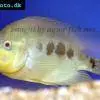 Three
Three 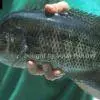 Mayan
Mayan 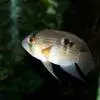 Keyhole
Keyhole  Azureus
Azureus 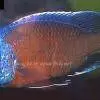 Red
Red 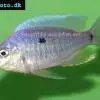 Jackson’s
Jackson’s  Crenicichla
Crenicichla  Honduran
Honduran 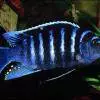 Afra
Afra  Frontosa
Frontosa  Slender
Slender  Malawi
Malawi  Chequerboard
Chequerboard  Checkerboard
Checkerboard 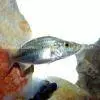 Malawi
Malawi  Ectodus
Ectodus  Tanganyika
Tanganyika  Canara
Canara 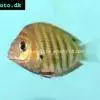 Green
Green 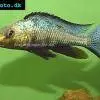 Rostratus
Rostratus 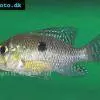 Pearl
Pearl  Geophagus
Geophagus  Yellowhump
Yellowhump 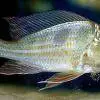 Suriname
Suriname  Redhump
Redhump 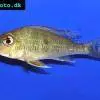 Red
Red  Dority’s
Dority’s 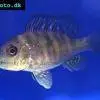 Argentine
Argentine 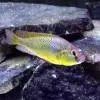 Burton’s
Burton’s  Victoria
Victoria  Haplochromis
Haplochromis 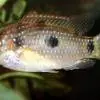 Jewel
Jewel 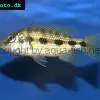 Banded
Banded  Lifalili
Lifalili 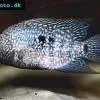 Lowland
Lowland 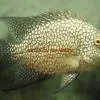 Texas
Texas 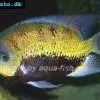 Pantano
Pantano 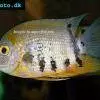 Severum
Severum 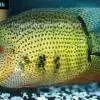 Banded
Banded  Severum
Severum  Parrot
Parrot  Chocolate
Chocolate 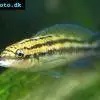 Brown
Brown 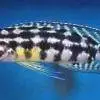 Marlieri
Marlieri  Golden
Golden 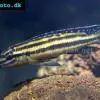 Striped
Striped  Masked
Masked 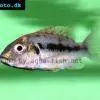 Konye
Konye 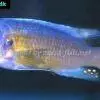 Blue
Blue 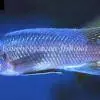 Trewavas
Trewavas  Electric
Electric  Dwarf
Dwarf 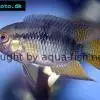 Redbreast
Redbreast  Lamprologus
Lamprologus  Gold
Gold 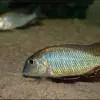 Greenface
Greenface 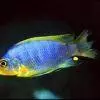 Aurora
Aurora  Blue
Blue  William’s
William’s 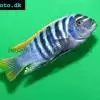 Zebra
Zebra 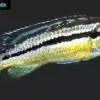 Malawi
Malawi 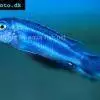 Blue
Blue  Blue
Blue 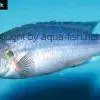 Mbuna
Mbuna 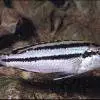 Parallel
Parallel 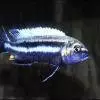 Purple
Purple 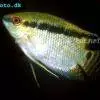 Flag
Flag 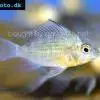 Bolivian
Bolivian 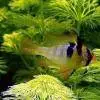 Ram
Ram 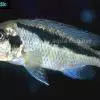 Basket
Basket  Haitian
Haitian 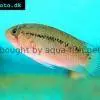 Zebra
Zebra 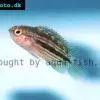 Striped
Striped 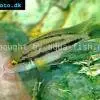 Neolamprologus
Neolamprologus 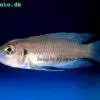 Brevis
Brevis  Fairy
Fairy 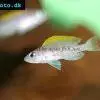 Neolamprologus
Neolamprologus 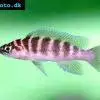 Cylindricus
Cylindricus 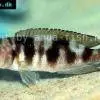 Hecq’s
Hecq’s  Neolamprologus
Neolamprologus  Lemon
Lemon  Mustax
Mustax  Daffodil
Daffodil  Six-bar
Six-bar 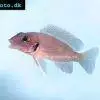 Five-bar
Five-bar  Marbled
Marbled 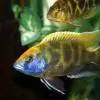 Giraffe
Giraffe 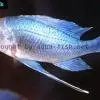 Blue
Blue  Sulphurhead
Sulphurhead 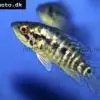 Wolf
Wolf  Jaguar
Jaguar 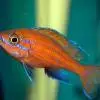 Blue
Blue  Marakeli
Marakeli 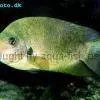 Madagascar
Madagascar  Pinstripe
Pinstripe  Pelmatochromis
Pelmatochromis 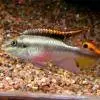 Kribensis
Kribensis  Striped
Striped 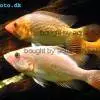 Red
Red 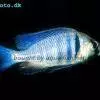 Deepwater
Deepwater 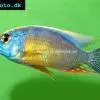 Fenestratus
Fenestratus  Nichols’
Nichols’ 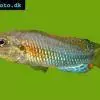 Southern
Southern  Bumble
Bumble 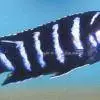 Demason’s
Demason’s  Slender
Slender 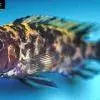 Red
Red  Mbuna
Mbuna 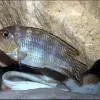 Malawi
Malawi  Kenyi
Kenyi 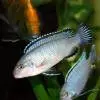 Powder
Powder 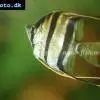 Altum
Altum  Angelfish
Angelfish  Angelfish
Angelfish  East
East  Juba
Juba  Earth
Earth 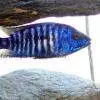 Electric
Electric  Azure
Azure 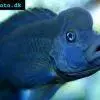 Lionhead
Lionhead  Discus
Discus  Blue
Blue 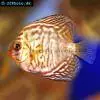 Zebra
Zebra 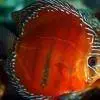 Red
Red 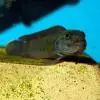 Brichard’s
Brichard’s 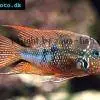 Blue
Blue  Firemouth
Firemouth 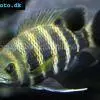 Zebra
Zebra 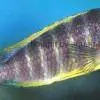 Blue
Blue 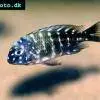 Dwarf
Dwarf 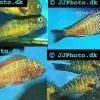 Blunthead
Blunthead 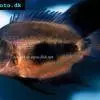 The
The 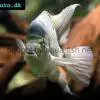 White
White 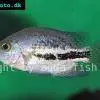 Twoband
Twoband 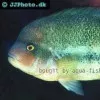 Fenestratus
Fenestratus 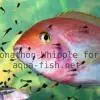 Window
Window  Southern
Southern  Tailbar
Tailbar  Black
Black 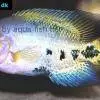 Redhead
Redhead 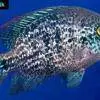 Oaxaca
Oaxaca  Xenotilapia
Xenotilapia